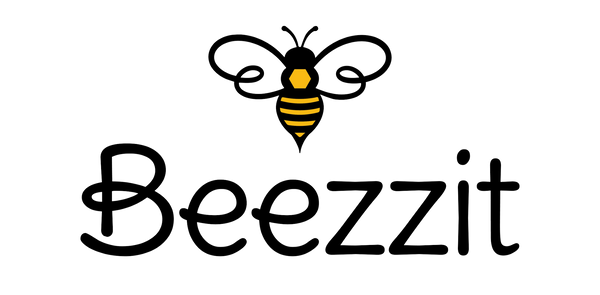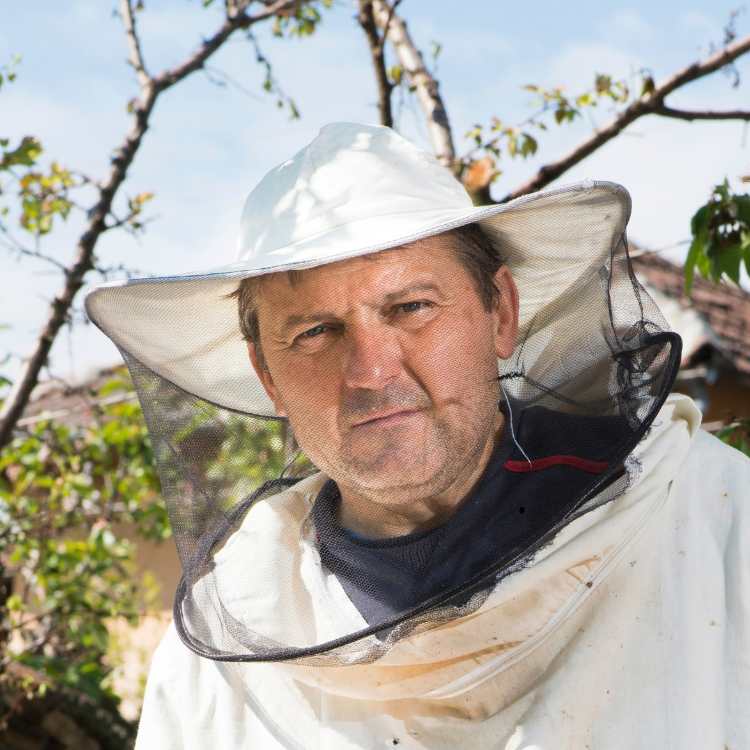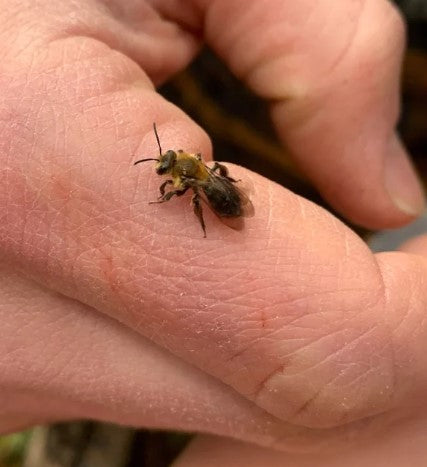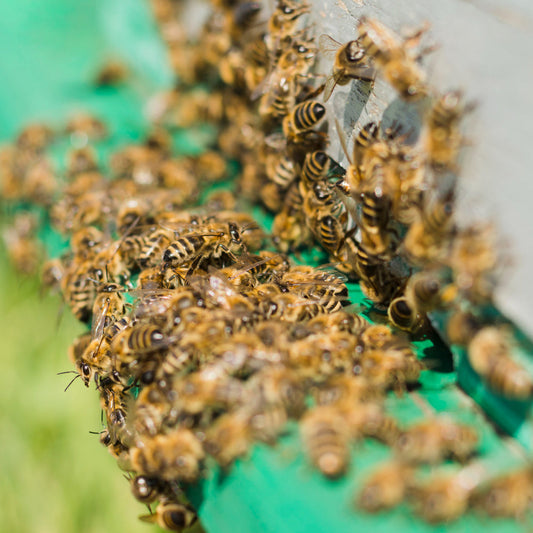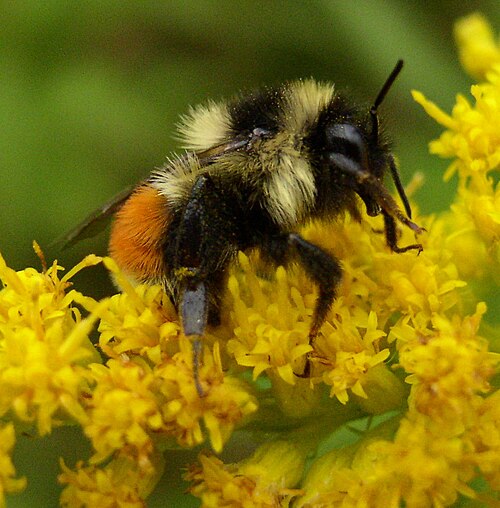The link between sunflower and bee is more complex and interesting than many individuals understand. Many of us see this relationship as just bees gathering nectar, yet the bond that exists between a sunflower and a bee has developed over millions of years into one extraordinary example of nature's mutual benefits relationships.
The Relationship between Sunflower and Bee
The surprising tale of the sunflower and bee starts with the flower's special structure. Not similar to many flowers, sunflowers are made up of thousands of small individual flowers grouped together. This setup, known as a composite flower head, makes it especially effective for both parties involved in this relationship between sunflower and bee.
The Morning Ritual
Every morning, when the sun comes up, a wonderful interaction between bees and sunflowers starts. Younger sunflowers show something known as heliotropism - they move with the path of the sunlight across the sky. This act does not just focus on following light – it plays an important part in maintaining proper heat conditions for pollinating insects who come to visit within this partnership of bees and sunflowers.
The Secret Language of Sunflower and Bee
Researchers have found out that the communication between sunflowers and bees exceeds visual signals. Sunflowers generate certain ultraviolet wavelengths that are not seen by humans but function as landing sites for bees. These patterns, together with electric fields created between the sunflower and bee, assist in directing these pollinators towards areas of the flower where there is more nectar.

A bee sitting on a sunflower
The Nutritional Exchange
The connection between the sunflower and bee is based on a complex trading process. Many people concentrate mainly on gathering nectar, but it's important to understand that this interaction with bees provides protein-rich pollen, which is essential for the well-being of a bee colony. One single head of a sunflower can generate up to 2,000 seeds, yet this only becomes achievable through regular pollination by bees.
Hidden Benefits for Agriculture
The effect on agriculture from the cooperation between sunflowers and bees reaches a lot farther than just making honey. Farmers that grow sunflowers usually see more output in their different crops, all because of the boosted number of bees drawn by these flowers. This makes such interactions between sunflower and bee financially beneficial for current farming methods.

A vast sunflower field
Seasonal Timing and Climate Change
Changes in climate are modifying the usual timing of activities between sunflowers and bees. Increased warmth can lead to sunflowers flowering sooner or later than normal, which may disturb the coordinated relationship between these organisms. Researchers are observing these alterations closely for them to comprehend how might this association of bee and sunflower adjust to varying situations.
The Role of Different Bee Species
Though honey bees are popularly recognized as pollinators, various bee species play a part in the narrative of sunflowers and bees. Local types such as bumblebees and solitary bees have significant contributions to the pollination of sunflowers. Each type has developed unique habits that render them particularly skilled at propagating these plants.
Supporting Urban Ecosystems
City gardeners are more and more observing the significance of creating a bond between sunflowers and bees for reinforcing local ecosystems. The act of placing sunflowers in town gardens or on high-rise terraces makes essential pollinator pathways, aiding bee families in city spaces where natural environments are limited.
Evolutionary Adaptations
The mutual evolution of sunflowers and bees has resulted in interesting changes for both. Sunflowers have grown intricate, to guarantee successful pollination, while bees have become more advanced with specific behaviors and physical traits to improve their pollen and nectar collection from sunflowers. This continuous evolutionary interaction keeps influencing the two species over time.
Future Research Directions
Researchers keep discovering fresh details about the connection between sunflower and bee. Present studies are concentrated on understanding how environmental pressures influence this association, along with creating methods to safeguard both species in changing environments. This comprises examining the effect of pesticides, loss of habitat, and alterations in climate over success in pollination.
Practical Applications for Gardeners
If you are a gardener at home and want to help your local bees, growing sunflowers is a really good plan. There are many types of sunflowers that bloom in all parts of the year so there will always be food for the bees. When thinking about making a garden friendly for bees, please think about:
- Planting sunflowers in clusters to make them more attractive to bees
- Choosing various sunflower varieties that bloom at different times
- Avoiding pesticides that might harm visiting pollinators
- Providing water sources near sunflower plantings
- Leaving some areas of bare soil for ground-nesting bees

A sunflower farmer holding flowers
Bottom Line
Sunflower and bee have a strong link, it's among the best collaborations in nature. As we encounter more environmental problems, knowing and conserving this crucial connection is becoming highly relevant. If you're someone who farms or gardens, or just likes nature, understanding how complex this partnership is can help you learn efficient ways to aid both species. If we keep on learning and safeguarding this extraordinary bond, it will be possible for the upcoming generations to take advantage of the crucial benefits given by both sunflowers and bees in our ecosystem.
With continuing studies and preservation efforts, we can help keep the fragile equilibrium that allows this cooperation to exist, assuring a more promising future for both species and the ecosystems they sustain. The tale of sunflowers and bees shows us that even common natural connections might possess unexpected mysteries yet to be found out.
Want to learn more interesting facts about honeybees? Click here.
